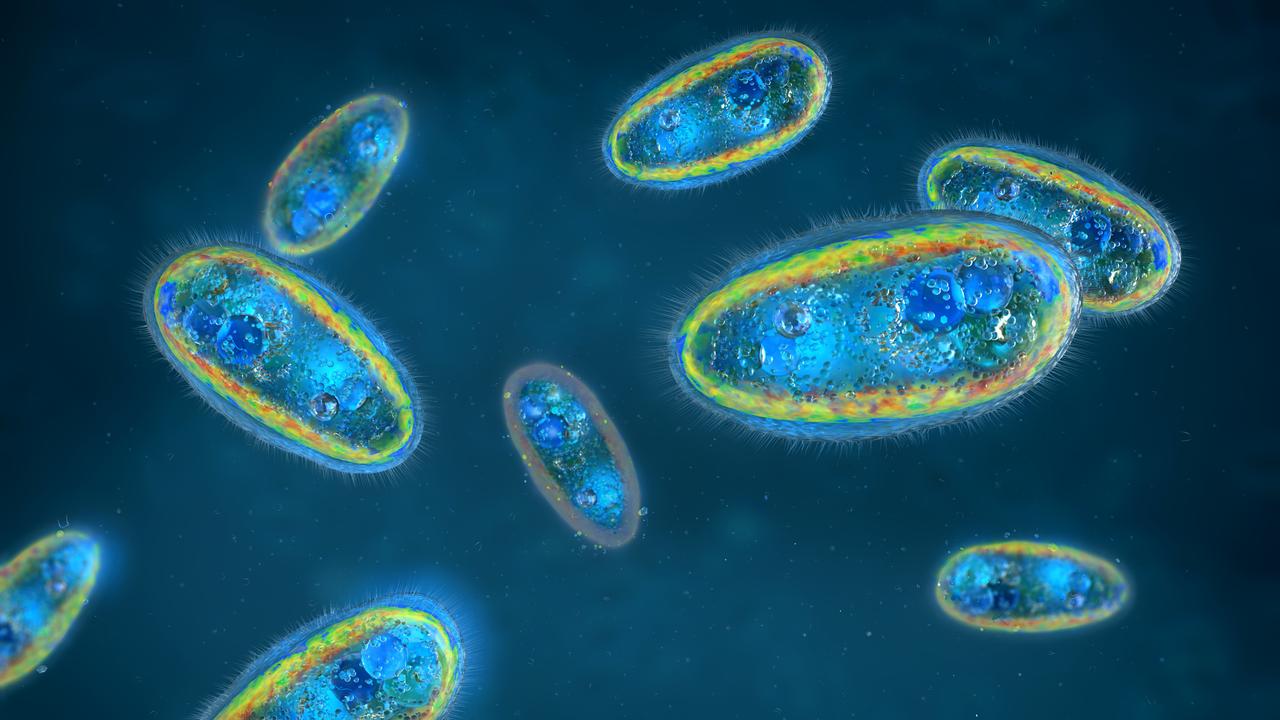The story of Japan’s ‘Suicide Forest’ is more sad than scary
ABANDONED cars litter the small concrete square outside Aokigahara Forest at the foot of Japan’s Mount Fuji. Inside, bodies continue to pile up.
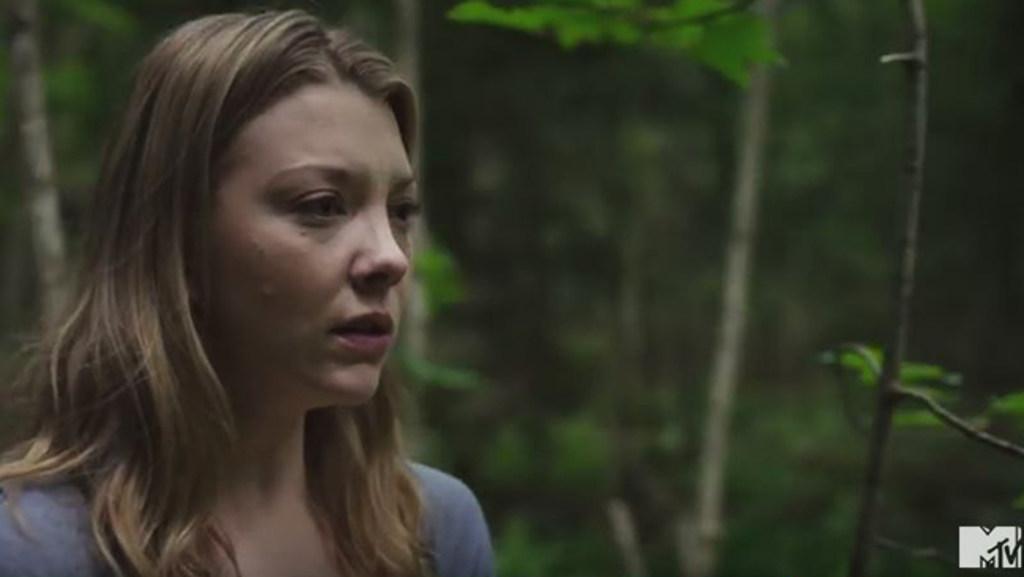
ABANDONED cars litter the small concrete square outside Aokigahara Forest at the foot of Japan’s Mount Fuji, gathering dust and leaves and dirt.
At the entrance to the forest, pairs of shoes are neatly ordered as if their owners will one day return to collect them but the shoes continue to pile up.
A short walk into the 35sq km sea of trees known as the Suicide Forest is a sign that reads: “Your life is a precious gift from your parents. Please think about your parents, siblings and children. Don’t keep it to yourself. Talk about your troubles.”
Each year, hundreds of people walk past the abandoned cars and the piles of shoes and the warning sign to end their life in the forest. It’s grisly link to the dead makes Aokigahara Forest a hot spot for dark tourism and, more recently, the inspiration for a movie titled simply The Forest.
Why people choose the forest to end their lives is still a bit of a mystery. How to stop more lives from being lost is even more difficult to figure out.

HANGED BODIES FOUND BY TOURISTS
A walk in the woods near the northwest base of the tallest mountain in Japan can be a hairy experience. Tour guides tell hikers to stay close to the trails, a theme that plays a big role in the film featuring Natalie Dormer of Game of Thrones fame. The film was released in the US on January 8 this year.
Walking off the beaten track can mean stumbling upon bodies hanging from trees or skeletons lying among the tree roots. VICE toured the forest with geologist Azusa Hayano in 2012, a man who says he’s found more than 100 suicide corpses over 20 years.
He doesn’t know why the body count climbs higher every year but says suicide in Japan, at least in the way it is being carried out in the Suicide Forest, is a relatively modern concept.
“Suicide was (historically) known as a samurai’s act,” he said. “That’s how it was back then. They weren’t killing themselves because they couldn’t adapt to society. That didn’t happen like it does now. It’s a modern phenomenon.”
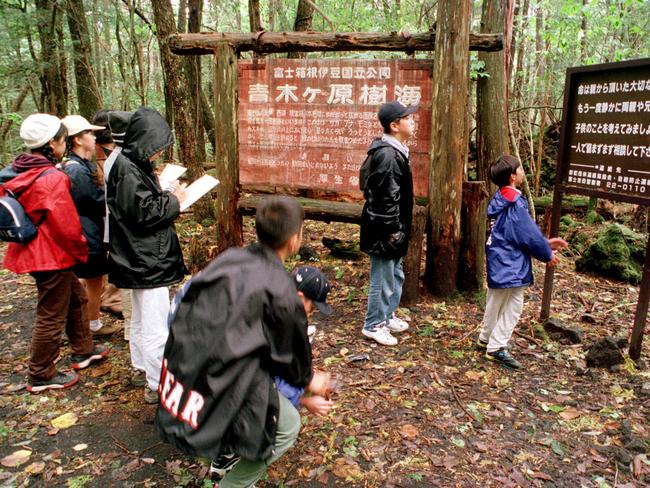
He attributes the trend to “complicating” society.
“I think the way we live in our society has become more complicated. Face-to-face communication used to be vital but now we can live our lives being online all day. The truth of the matter is we still need to see each other’s faces, read their expressions, hear their voices, so we can fully understand their emotions.”
He said the majority of suicides at Aokigahara are by hanging. Nooses litter tree branches throughout the forest. They’re often left to be found by local officials from the nearby Fijigoko Fire Department.
“There are people who come here to end their lives but, uncertain as to where exactly the forest is, kill themselves in neighbouring woodland,” fire chief Masamichi Watanabe told the Japan Times.
“What is certain, though, is that the numbers continue to rise each year.”
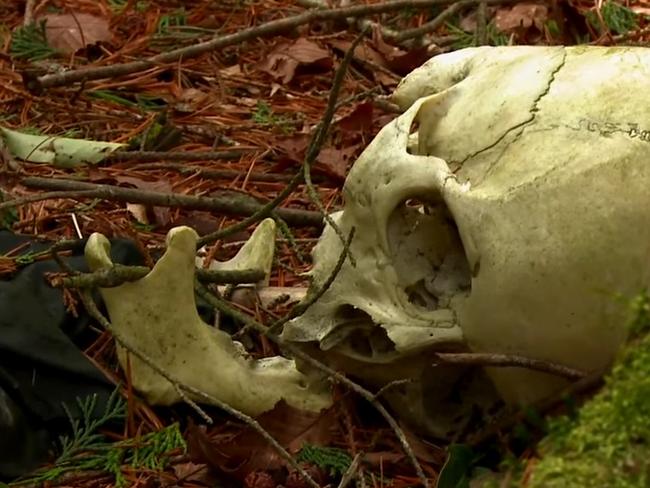
SUICIDES RISE SIGNIFICANTLY AFTER TSUNAMI
Suicide rates were already through the roof in Japan prior to the March 11, 2011 tsunami that flattened homes, businesses and entire neighbourhoods and claimed the lives of more than 15,000 people. For Japanese men between the ages of 20 and 44, it was the leading cause of death.
What happened when the water receded and reality set in was that the suicide rate climbed further. Authorities warned that would be the case. Many chose the forest near Mt Fuji to end their lives.
“It is a characteristic of the Great East Japan Earthquake that, as well as stress caused by large and sudden changes to daily life and the traumatic experience of the earthquake and tsunami, there are feelings of grief and loss resulting from the huge number of people missing and killed,” the Government said in the report.
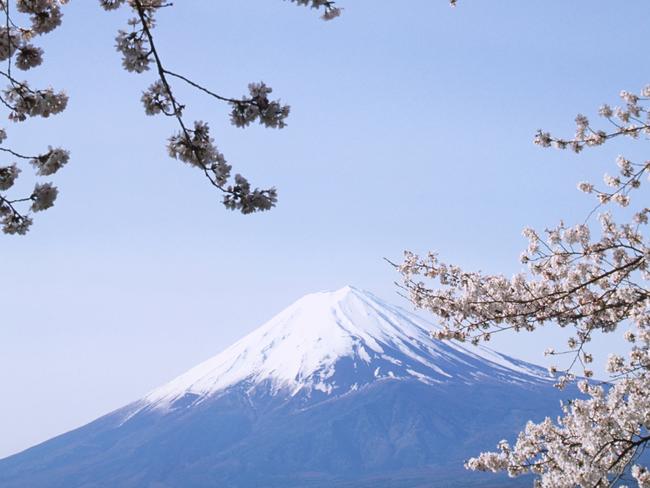
“As well as grief, survivors also experience guilt because, although they tried to escape together, only some were saved. Then there is the shock of identifying bodies, for aid workers as well as victims, resulting in chronic depression or prolonged grief disorder.”
Suicide still carries a stigma in many countries including Australia but experts say there is no such stigma in Japan. Yoshinori Cho, author of the book Why do People Commit Suicide said: “Throughout Japanese history, suicide has never been prohibited on religious or moral grounds.”
Yukio Saito from a volunteer phone counselling service in Japan, similar to Lifeline, said work stress and depression were a major cause of suicide but it was easier in Japan because it wasn’t frowned upon.
“Suicide is quite permissible in Japanese society, something honourable that is even glorified,” he told the Times.
Japanese author and psychiatrist Masao Miyamoto told The Guardian: “The Japanese do not feel that suicide is something bad, and it becomes part of aesthetics and part of accepted behaviour.”
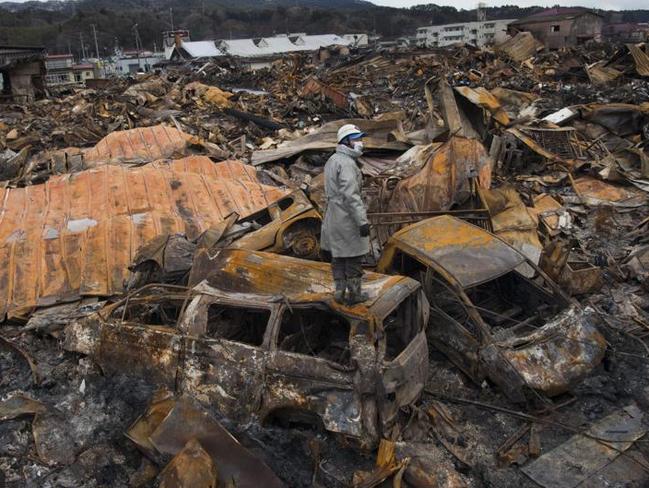
A COMBINED EFFORT TO KEEP PEOPLE ALIVE
At a lakeside cafe near the entrance to the forest, Hideo Watanabe erects signs and chats with visitors before they enter the forest. In 2011, he said he’d saved more than 160 people. His method, he says, is simple.
“Most people who come to this area for pleasure do so in groups,” he said. “So, if I see someone on their own, I will go and talk to them. After a few basic questions, it’s usually not so difficult to tell which ones might be here on a suicide mission.”
Authorities, too, are doing their part. Security cameras are running 24/7 at the entrance to the forest and foot patrols are regularly carried out.
Toyiko Yoshida, a man in his early 40s who attempted suicide because he was in debt, takes credit for the sign asking visitors to consider their families before walking further into the forest.
Mr Yoshida tried to hang himself at Aokigahara with a leather belt after loan sharks targeted him for repayments. Now a suicide counsellor, he says there’s plenty that can be done to change the situation.
“Society and the government need to establish immediate countermeasures to prevent suicides. There should be more places where they can come and seek help.”
If you or someone you know needs help, phone BeyondBlue on 1300 22 4636 or Lifeline: 13 11 14.



